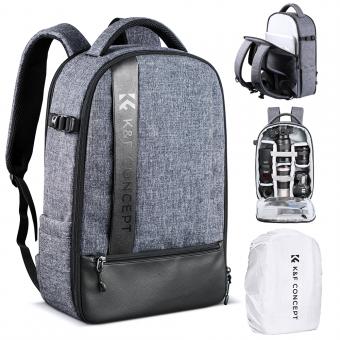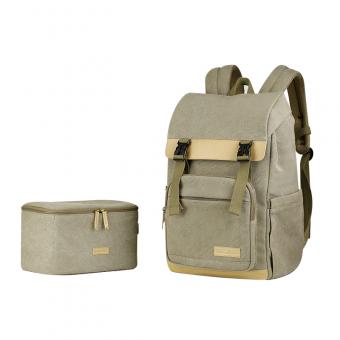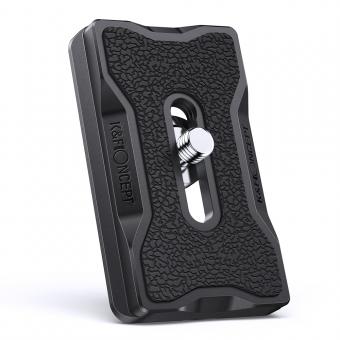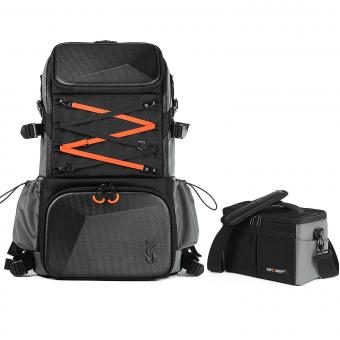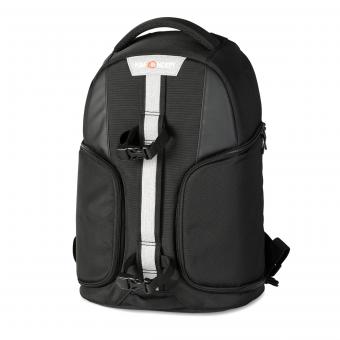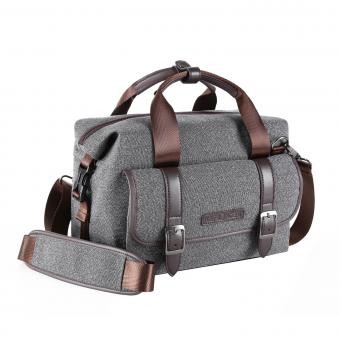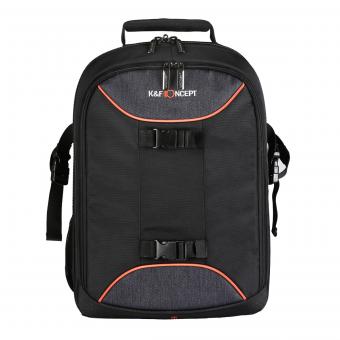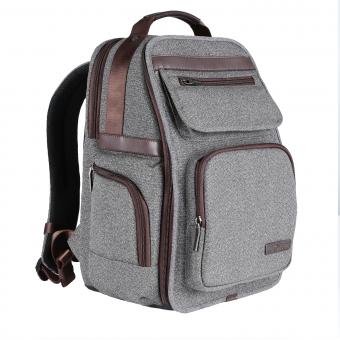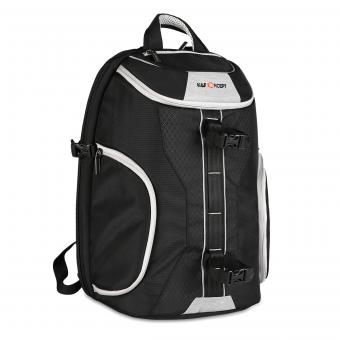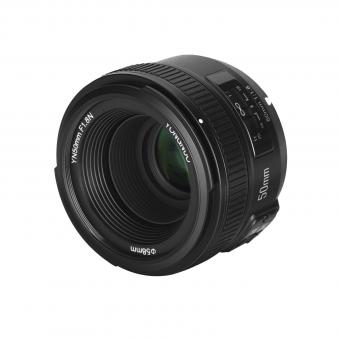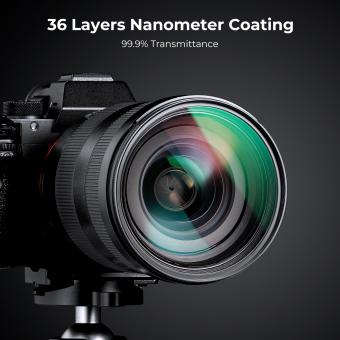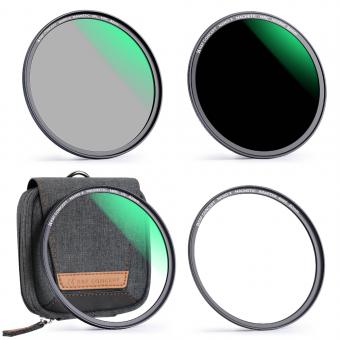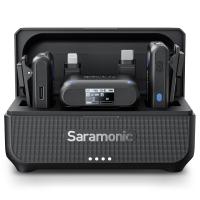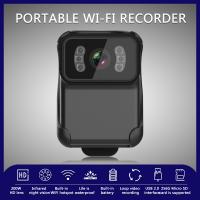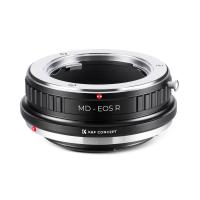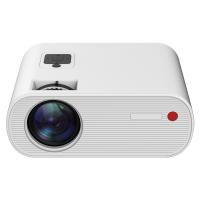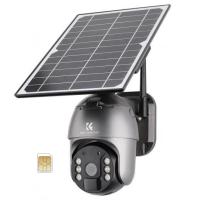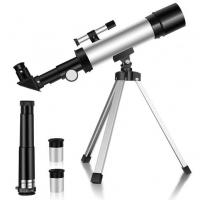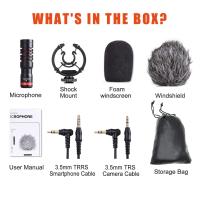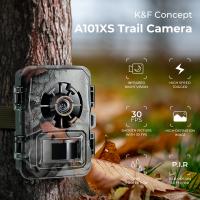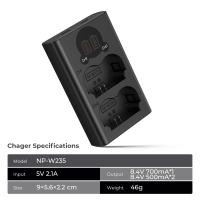What Does Uv Filter Do For Dslr?
In the realm of DSLR photography, the use of various filters can significantly impact the quality and characteristics of the images captured. Among these, the UV (ultraviolet) filter is one of the most commonly discussed and utilized accessories. Despite its widespread use, there remains a considerable amount of debate and confusion regarding its actual benefits and necessity. This article aims to demystify the role of UV filters in DSLR photography, providing a comprehensive understanding of their functions, advantages, and potential drawbacks.
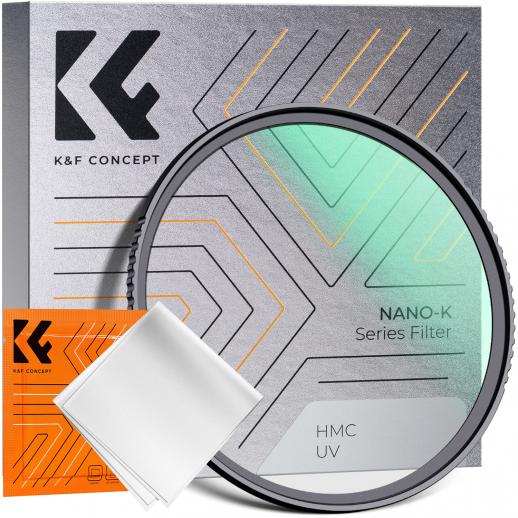
What is a UV Filter?
A UV filter is a transparent filter that attaches to the front of a camera lens. Its primary function is to block ultraviolet light from entering the lens and reaching the camera sensor. UV light, which is invisible to the human eye, can cause haziness or a bluish cast in photographs, particularly in outdoor settings with strong sunlight. Historically, UV filters were essential in film photography to prevent UV light from affecting the film's sensitivity. However, with the advent of digital sensors, the necessity of UV filters has evolved.
Functions of a UV Filter
1. Reduction of Haze and Blue Cast:
- Historical Context: In the era of film photography, UV light could cause significant haze and a blue tint in images, especially in high-altitude or coastal areas where UV levels are higher. UV filters were crucial in mitigating these effects.
- Modern Context: Digital sensors are less sensitive to UV light compared to film. Most modern lenses and sensors have built-in UV protection, reducing the need for an additional UV filter to combat haze and blue cast. However, in certain extreme conditions, a UV filter can still provide noticeable improvements in image clarity.
2. Lens Protection:
- Physical Barrier: One of the most cited reasons for using a UV filter today is to protect the front element of the lens from physical damage. Dust, dirt, fingerprints, and scratches can all degrade image quality. A UV filter acts as a sacrificial layer, absorbing potential damage that would otherwise affect the lens.
- Ease of Cleaning: Cleaning a UV filter is generally easier and less risky than cleaning the lens itself. If the filter becomes scratched or damaged, it is relatively inexpensive to replace compared to the cost of repairing or replacing a lens.
3. Improved Contrast and Color Accuracy:
- Minimizing Flare: In certain lighting conditions, UV filters can help reduce lens flare and ghosting, which can improve overall image contrast and color accuracy. This is particularly beneficial in bright, sunny environments where UV light is more prevalent.
- Enhanced Color Balance: By blocking UV light, these filters can help maintain more accurate color reproduction, ensuring that the colors in your photographs are true to life.
Advantages of Using a UV Filter
1. Cost-Effective Protection:
- UV filters are relatively inexpensive compared to the cost of high-quality lenses. Investing in a UV filter can save photographers from costly repairs or replacements due to lens damage.
2. Versatility:
- UV filters are available in various sizes to fit different lenses, making them a versatile addition to any photographer's kit. They can be used in a wide range of shooting conditions without significantly affecting exposure settings.
3. Ease of Use:
- Attaching and removing a UV filter is straightforward, requiring no special tools or expertise. This ease of use makes it a convenient option for photographers of all skill levels.
Potential Drawbacks of Using a UV Filter
1. Image Quality Degradation:
- While high-quality UV filters are designed to be optically neutral, lower-quality filters can introduce unwanted artifacts such as lens flare, ghosting, or a reduction in sharpness. It is essential to invest in a reputable brand to minimize these risks.
2. Additional Layer of Glass:
- Adding a UV filter introduces an extra layer of glass in front of the lens, which can potentially affect image quality. This is particularly a concern in low-light conditions where reflections between the filter and the lens can cause issues.
3. False Sense of Security:
- Relying solely on a UV filter for lens protection can lead to a false sense of security. While it can protect against minor scratches and dust, it may not prevent damage from more severe impacts or environmental conditions.
Practical Considerations for Photographers
1. Assessing the Need:
- Photographers should assess their specific needs and shooting conditions to determine whether a UV filter is necessary. For those frequently shooting in harsh environments or outdoor settings, the protective benefits of a UV filter may outweigh any potential drawbacks.
2. Quality Matters:
- Investing in a high-quality UV filter is crucial to ensure minimal impact on image quality. Look for filters with multi-coating to reduce reflections and enhance light transmission.
3. Regular Maintenance:
- Regularly clean and inspect the UV filter to ensure it remains free of dust, smudges, and scratches. A dirty or damaged filter can degrade image quality and negate its protective benefits.
4. Alternative Protection:
- Consider using a lens hood in conjunction with or instead of a UV filter. A lens hood can provide additional protection against physical damage and reduce lens flare without introducing an extra layer of glass.
The role of UV filters in DSLR photography has evolved with advancements in digital sensor technology. While their necessity for reducing haze and blue cast has diminished, they remain a valuable tool for lens protection and maintaining image quality in certain conditions. By understanding the functions, advantages, and potential drawbacks of UV filters, photographers can make informed decisions about their use. Ultimately, the choice to use a UV filter should be based on individual shooting needs, environmental conditions, and a commitment to maintaining high-quality equipment.

